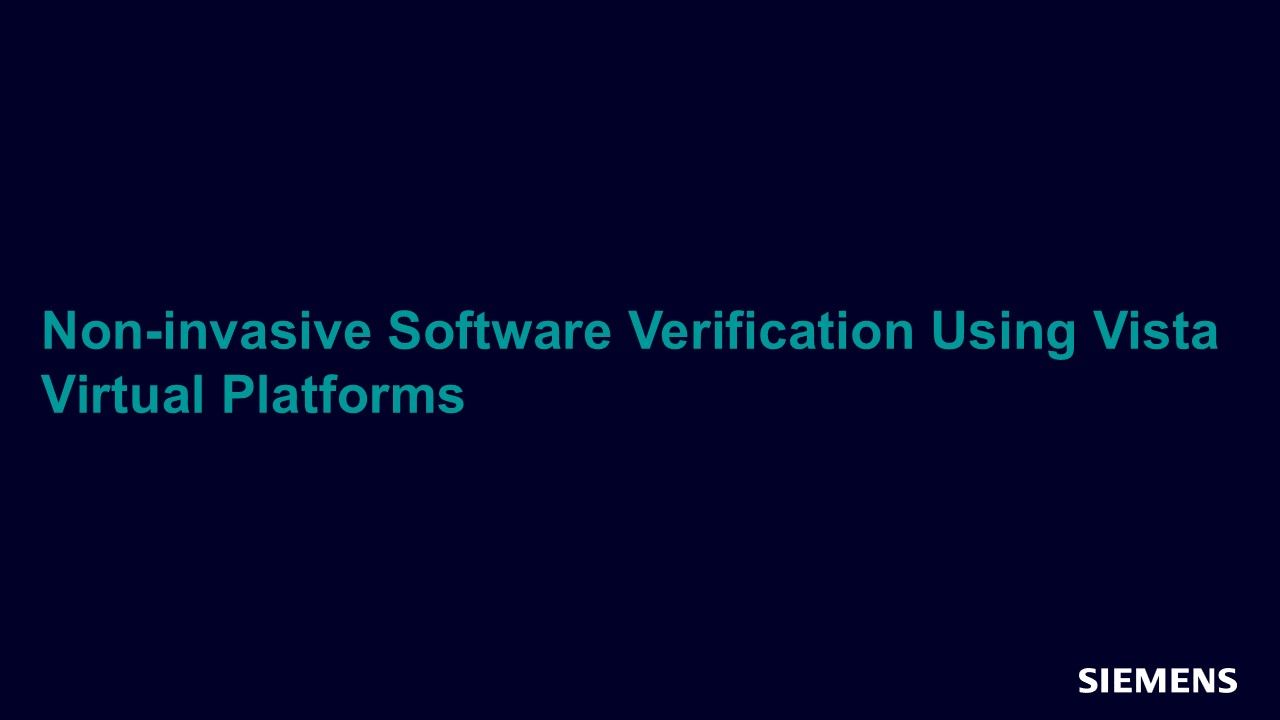Non-invasive Software Verification Using Vista Virtual Platforms
With the SoCs now supporting Multi-Core processors, complex ASICs and combinations that include systems on a board, SoC implementations now become an ever-growing challenge for software development. Software development has to be supported not only by the inclusion of an RTOS, but, many SoC providers now have to leverage upon the Bare-Metal concept to achieve the necessary demands of today's SoCs.

Full-access members only
Register your account to view Non-invasive Software Verification Using Vista Virtual Platforms
Full-access members gain access to our free tools and training, including our full library of articles, recorded sessions, seminars, papers, learning tracks, in-depth verification cookbooks, and more.